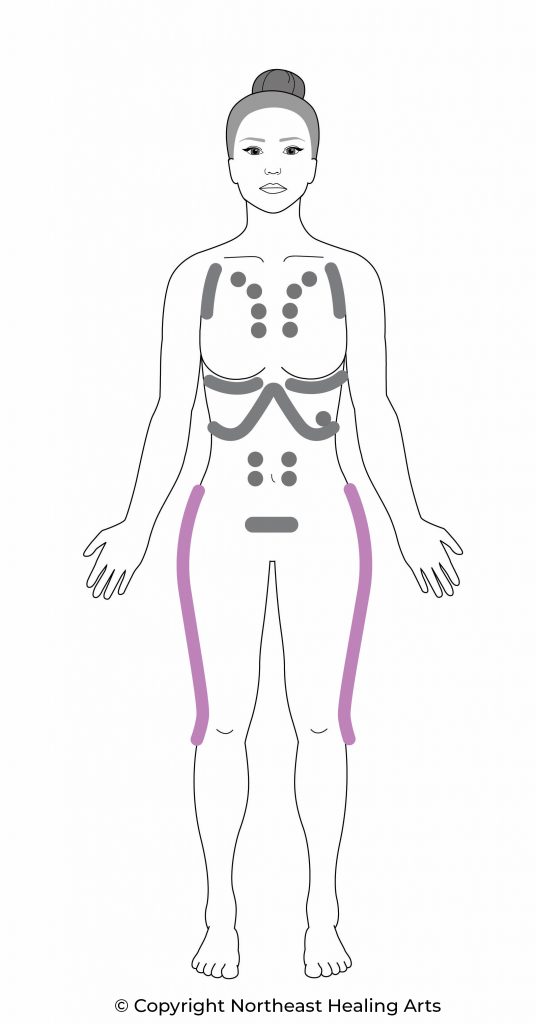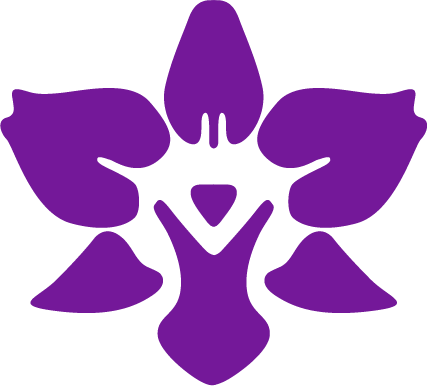Simple, Powerful Techniques for Gastrointestinal Relief
Chapman Reflex points were originally discovered by Dr. Frank Chapman and further developed by Dr. Charles Owen. Later on, Dr. George Goodheart, father of Applied Kinesiology, correlated each of these reflexes with specific muscles, organs, and systems of the body. This was easier for students to remember since they were dealing with the lymphatic system.
Neurolymphatic Reflex Points are located primarily on the front and back of the body. The lymphatic system flows in one direction and is responsible for riding the body of toxins. Stagnation of lymphatic fluid inhibits detoxification and compromises optimal functioning. Lack of physical movement and shallow breathing can contribute to stagnation of the lymphatic flow.
Rubbing the body’s Neurolymphatic Points can stimulate lymphatic fluid to flow faster, helping rid the body of toxins more effectively! Imbalances in the lymphatic system are often accompanied by physical symptoms. Stagnation is often characterized by noticeable tenderness in specific areas. This tenderness will usually dissipate after firmly rubbing the reflexes for 15 to 30 seconds. Rubbing specific points on a regular basis can have a profound effect on the body, and can even boost the immune system!

The Neurolymphatic Reflex Points for the Large Intestine are uniquely located on the low back and the lateral sides of the legs, starting at the hip and ending at the knee. If you’re struggling with constipation or diarrhea, use firm pressure and massage all along the iliotibial band on both sides of your legs. I suggest using your knuckles and working your way up and down several times, paying particular attention to any tender spots. Make fists and rub your knuckles in your low back at the area of your beltline. If you suffer from chronic constipation or other gastrointestinal issues, you may want to make this part of your daily routine. Many people have found incredible relief by doing this one simple technique, taught in Touch for Health Specialized Kinesiology seminars.
As always, drinking plenty of pure water is common sense when dealing with gastrointestinal issues as well. I can’t stress how important this is. Other tips for balancing Large Intestine energy are daily exercise, eating at regular times, starting with breakfast between 7-9am, (stomach time) eating organic fruits and vegetables, avoiding sugar and refined foods, ‘belly’ breathing, decreasing your stress, and allowing time for elimination early in the morning. According to Chinese Medicine, the Large Intestine has access to the most amount of energy during 5-7am. I often give myself a complete neurolymphatic massage first thing in the morning to jump start my day. Click here to read a blog post about performing a complete Neurolymphatic massage.
You’ll learn in Touch for Health seminars that each body system is associated with several emotions, both negative and positive. Balancing each body system (which can be done by stimulating Neurolymphatic Reflex Points) can help effectively resolve the associated negative emotions. Without going too in depth — I could talk about this all day — a few of the emotions related to the Large Intestine organ are guilt, grief, stubbornness, regret and depression. The main theme of Large Intestine is “letting go,” physically and emotionally. Not only can rubbing these points help improve your gastrointestinal functioning; this practice can also aid in diffusing negative emotions and replace them with feelings of release, enthusiasm, and self-worth.
To learn more powerful self-help techniques, sign up for one of our Touch for Health workshops today! You can find our workshop schedule here.
If you liked this article, share it on your social media, or send it to a friend via email.

